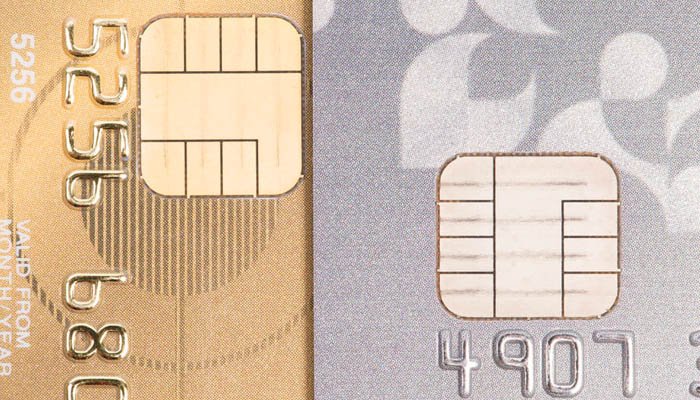August 1 marked the 10-month anniversary of EMV payments in the U.S. Like it or not, EMV is staying put. It’s been a trial by fire, and here are what we consider to be the positive and negative:
The Negative: Vendor Shortage, Longer Lines, Chip & Signature
Without question, the biggest downfall of the nationwide conversion to EMV payments has been the inevitable rise in e-commerce fraud – as of April, it’s up 11 percent since the Oct. 1 deadline says the Global Fraud Index – but we knew that was coming. Here are three additional drawbacks:
1. EMV payments vendors haven’t kept up: When the Oct. 1, 2015 deadline was declared by the card issuers, many retailers rushed to be compliant for fear of the liability shift. Part of the shift states that if a merchant is breached while offering a less secure payment method (swiping), the merchant is liable for all losses. As a result, vendors offering EMV machines and software have not been able to meet the demand by retailers. But they’re getting there.
2. Longer lines, slower checkout: Checkout time at any retailer using EMV is almost double compared to swiping. This will no doubt improve, but patience is required.
3. Chip and signature only half the battle: The chip and signature method, which all U.S. EMV-furnished retailers are using at the moment, does not totally protect your data like chip and pin does. According to a survey titled the State of Retail Payments of 59 large and medium-sized retailers (conducted by the National Retail Federation and Forrester) 86 percent of retailers will implement additional security measures – such as point-to-point encryption (P2PE) and tokenization – by the end of 2017.
The Positive: Technology, Competition and Confidence
The Chinese symbol for the word ‘crisis’ also contains the symbol for the word ‘opportunity.’ Those very symbols are entirely appropriate for the current state of the payments industry.
- Spurring payments technology: In reference to the chip and signature method above, the survey indicated merchants are adding additional security schemes such as point-to-point encryption (P2PE) and tokenization.
- Competition is always good: according to the NRF/Forrester survey, Mobile payments and e-wallets are emerging. Among the merchants who took part in the survey, 76 percent indicated they plan to accept alternative payment solutions such as ApplePay and PayPal by the end of 2017.
- Generally, retail payments are safer: Compared to two years ago, when it seemed a different major retailer was suffering a credit card data breach every week, consumer confidence is returning says a study by Market Realist.com.
Need Fraud Protection Services?
While it’s true that card-not-present fraud has increased and will continue to do so, Instabill offers merchants the latest in fraud protection services such as 3D secure, SSL certificates and MaxMind fraud protection.
Instabill merchant account managers are available to discuss the best options to safeguard your online business at 1-800-318-2713, or simply by clicking the live chat option.


